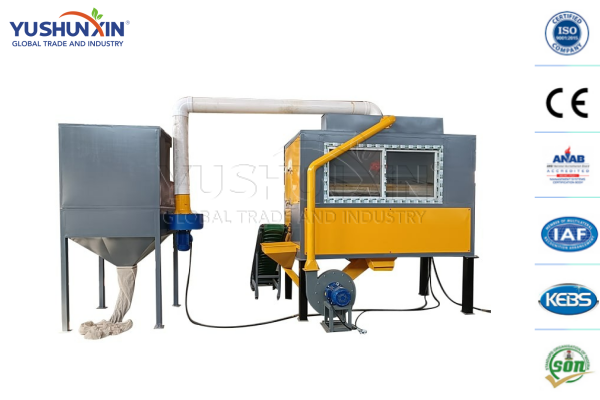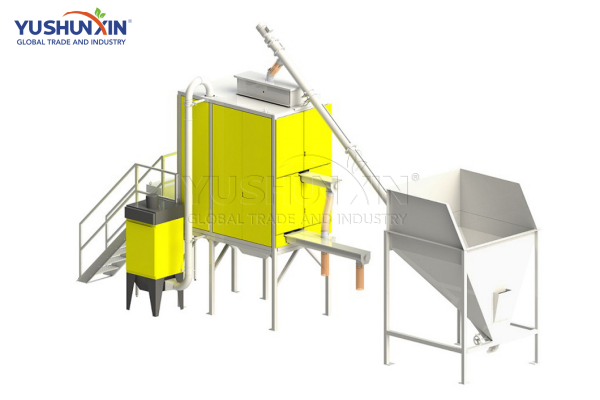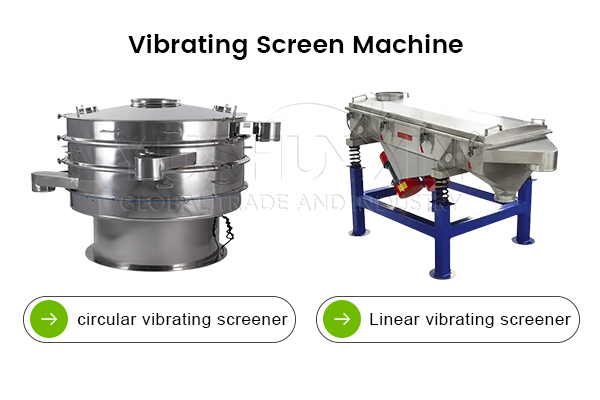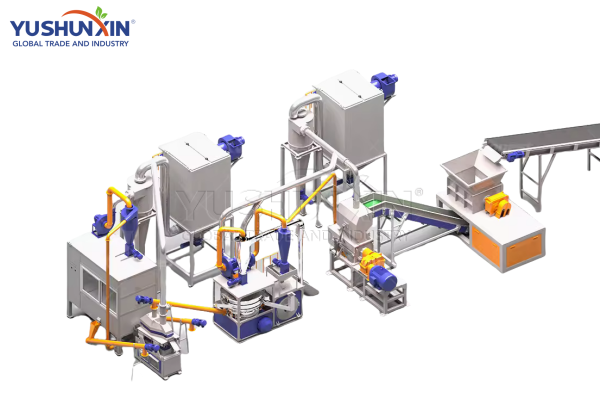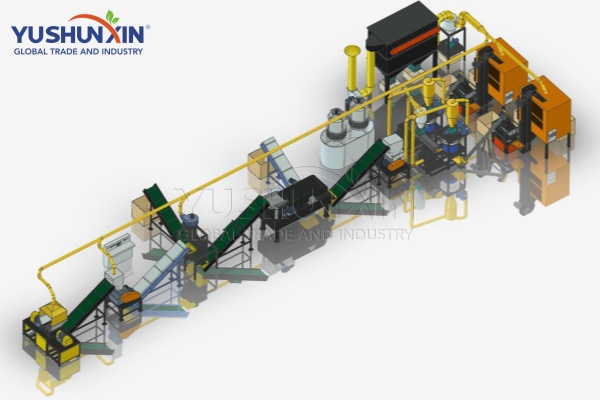As the global demand for solar energy increases, so does the volume of end-of-life solar panels. Efficient photovoltaic panels recycling is no longer optional – it’s essential. One key piece of equipment in this process is the electrostatic separator, which plays a crucial role in recovering valuable materials from dismantled solar panels.
What is an electrostatic separator for solar panels disposal?
An electrostatic separator is a machine that separates different materials based on how well they conduct electricity. After solar panels are crushed, especially the plastic-aluminum backsheets, all the tiny mixed particles look almost the same — but they behave differently under an electric field.
What is the output purity of electrostatic separator?
One of the most common questions from clients is: “How pure are the materials after electrostatic separation?” In most cases, the output purity can reach 95% or even higher, depending on the type and condition of the material.
| Material | Output Purity |
| Aluminum | ≥ 97% |
| Plastics | 95%–98% |
| Fiberglass | 90%–95% |
But what factor will affect the purity?
What is the key components of an electrostatic separator?
To achieve high-efficiency and high-purity separation, an electrostatic separator is built with several specialized components that work together in a precise way.
ContentHide

